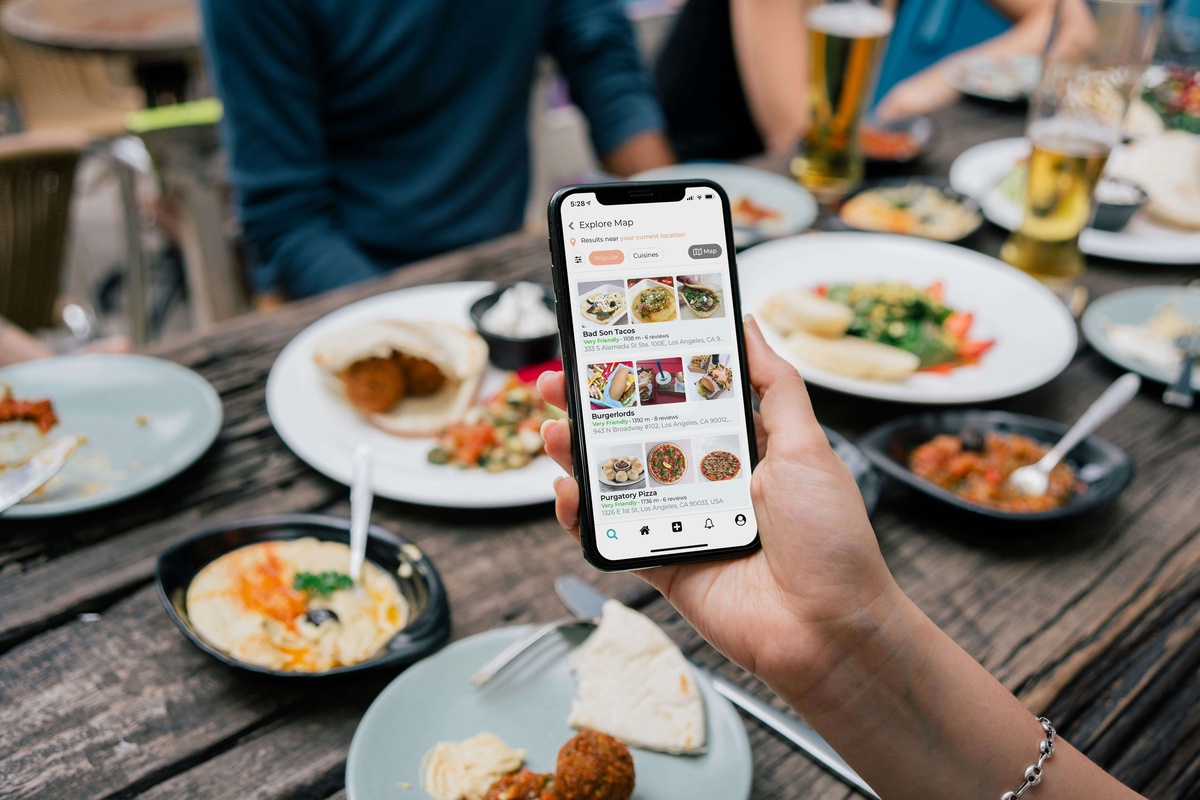The Internet of Things (IoT) has been a game-changer since its inception, offering numerous benefits across various industries, including the food sector. IoT has revolutionized food production, distribution, and consumption by facilitating data collection and exchange among objects, devices, and systems. This is achieved through sensors and internet connectivity, enhancing traceability, efficiency, and overall quality within the food industry.
In this blog, allow me to provide you with a walkthrough of the advantages of IoT in the food industry. At the same time, it's essential to acknowledge that the synergy of IoT and the culinary world also presents unique challenges.
Challenges of Implementing IoT in the Food Sector:-
- Complexity: IoT entails multiple interconnected devices and systems, which can be intricate to configure and manage. A significant challenge is ensuring seamless communication and data exchange between devices, sensors, and platforms.
- Costs: The initial expenses of setting up IoT infrastructure, including sensors and data analytics tools, can be substantial. Small and medium-sized businesses in the food industry may struggle to cover these upfront costs. Ongoing operational expenses, such as maintenance, data storage, and cybersecurity measures, further strain their finances.
- Security Concerns: Gathering and transmitting data from IoT devices can raise privacy concerns, mainly concerning sensitive information about food production, distribution, and consumer behavior.
Fortunately, you can work with an expert company offering IoT application development services that can help address these challenges effectively.
Benefits of IoT in the Food Sector:-
Now, let's explore the benefits of IoT in the food industry:
- Enhanced Food Safety-
- Continuous Monitoring: IoT sensors can track real-time environmental factors such as temperature, humidity, and storage conditions.
- Immediate Alerts: When these factors deviate from safe ranges, IoT systems generate instant alerts, preventing spoilage and ensuring food safety.
- Quality Control: IoT technology allows for precise monitoring and control of food production processes, reducing the risk of contamination.
- Improved Traceability-
- Journey Tracking: IoT enables tracking food products throughout the supply chain, from farm to table.
- Transparency: Stakeholders can access real-time information about the status and location of products, ensuring transparency and accountability.
- Reduced Waste-
- Minimized Spoilage: IoT's real-time monitoring and alerts help reduce food waste by preventing products from becoming unsellable due to inadequate storage conditions.
- Inventory Management: IoT systems optimize inventory management, minimizing overstocking and understocking issues.
- Cost Savings-
- Efficient Operations: IoT technology improves operational efficiency by automating various processes reducing labor and energy costs.
- Predictive Maintenance: IoT sensors can predict equipment failures, allowing timely maintenance and preventing costly downtime.
- Sustainable Practices-
- Resource Optimization: IoT facilitates the efficient use of resources like water, energy, and raw materials in food production.
- Reduced Environmental Impact: IoT contributes to a more sustainable and eco-friendly food supply chain by minimizing waste and optimizing transportation.
- Personalized Customer Experiences-
- Customer Insights: IoT data can gather insights into customer preferences, enabling businesses to tailor their offerings and provide personalized recommendations.
- Loyalty and Engagement: Personalized experiences improve customer satisfaction and loyalty.
- Supply Chain Optimization-
- Route Planning: IoT technology optimizes transportation routes, reducing fuel consumption and delivery times.
- Inventory Visibility: Real-time inventory data helps streamline supply chain operations and reduce carrying costs.
- Compliance and Quality Assurance-
- Regulatory Compliance: IoT assists in meeting food safety and quality regulations by providing accurate production, storage, and distribution data.
- Product Quality: IoT monitoring ensures consistent product quality and compliance with industry standards.
- Data-Driven Decision Making-
- Real-time Insights: IoT generates a wealth of data that can be used for data-driven decision-making and continuous process improvement.
- Performance Metrics: Key performance indicators (KPIs) derived from IoT data help track and improve operational efficiency.
- Faster Response to Recalls-
- Rapid Identification: In case of recalls or contamination events, IoT enables the quick and efficient identification of affected products, minimizing consumer risks.
Closing Thoughts
As IoT technology advances, these benefits will become even more pronounced in the food industry. Integrating IoT into the food sector is a significant step in improving efficiency, safety, and sustainability throughout the food supply chain. IoT devices and sensors enable real-time monitoring, data-driven decision-making, and enhanced transparency from farm to fork. Stakeholders in the food industry can leverage IoT to reduce waste, lower costs, and deliver higher-quality products to consumers by gaining insights into factors such as crop conditions, storage temperatures, transportation conditions, and consumer preferences. To remain competitive and meet the growing demands for transparency and sustainability, businesses in the food sector must embrace IoT solutions. By harnessing the power of IoT, the food industry can optimize its processes and contribute to a more sustainable and responsible global food supply chain.


No comments yet